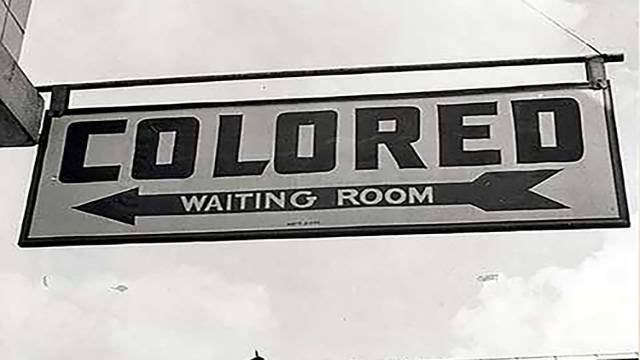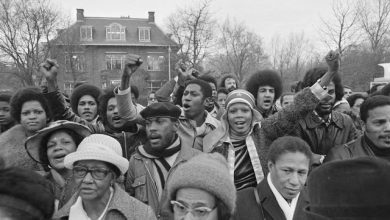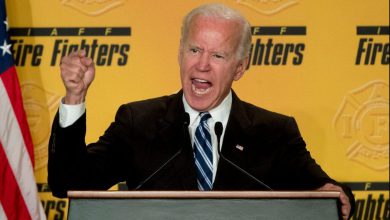AllOngoingThe Americas
What Were the Jim Crow Laws?
Segregated America faced a series of challenges and racist policies. Some of the most famous, the Jim Crow laws, were set to enforce racial segregation in the South.

The origins of Jim Crow laws trace back to the late 1800’s, almost immediately following the ratification of Amendment 13 to the US constitution which freed four million slaves from servitude. Common types of laws included the forbidding of intermarriage and segregation of businesses and public places by race.
Called Black Codes, these laws dictated when where and how freed slaves could work. These codes essentially put black slaves in to indentured servitude, removed voting rights, controlled areas of living and even legalized the seizure of children for labor purposes.
In addition, these codes systematically separated blacks from whites in the public sphere. This segregation in in the public sector effectively meant that places such as parks, cemeteries and theaters enforced strict codes of racial segregation. For example, the following were educational laws under Jim Crow according to the National Park Service:
Florida – The schools for white children and the schools for negro children shall be conducted separately.
Mississippi – Separate schools shall be maintained for the children of the white and colored races.
Missouri – Separate free schools shall be established for the education of children of African descent; and it shall be unlawful for any colored child to attend any white school, or any white child to attend a colored school.
New Mexico – Separate rooms [shall] be provided for the teaching of pupils of African descent, and [when] said rooms are so provided, such pupils may not be admitted to the school rooms occupied and used by pupils of Caucasian or other descent.
Texas – [The County Board of Education] shall provide schools of two kinds; those for white children and those for colored children.
During this time, many ex-confederates were key parts of the local government. This forced the black population to receive higher sentences when brought to trials for crimes. Black offenders would be required to complete indentured servitude to serve out their sentences. Because of the grueling workload, many of these people often did not live out their sentences.
The Supreme Court decision of Plessy V. Ferguson of 1896 advanced a controversial “separate but equal” doctrine for assessing segregation laws. This was the Supreme Court’s first inquiry in to the 14th amendment’s equal protection clause. This amendment prohibited the state from denying citizens equal protection of the laws. This subsequently led to “separate but equal” facilities for persons of color, which were often not maintained and of much lower quality than for those of whites.




